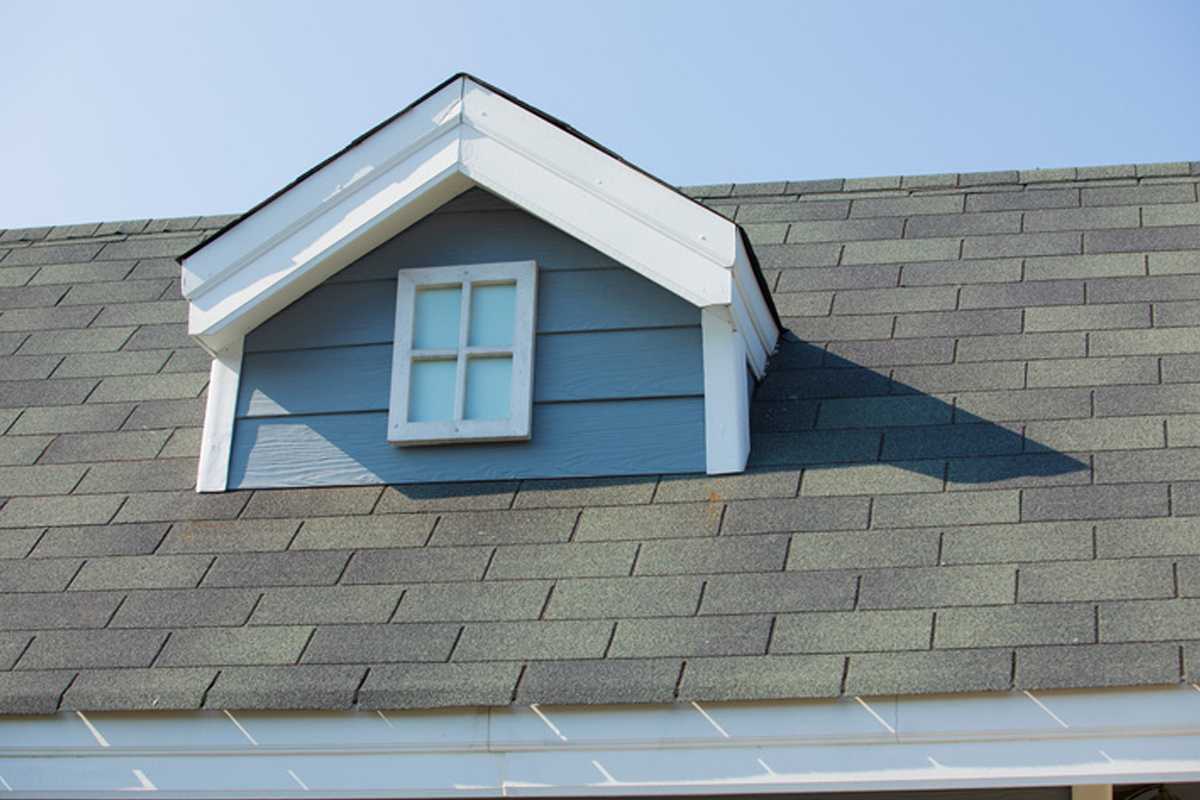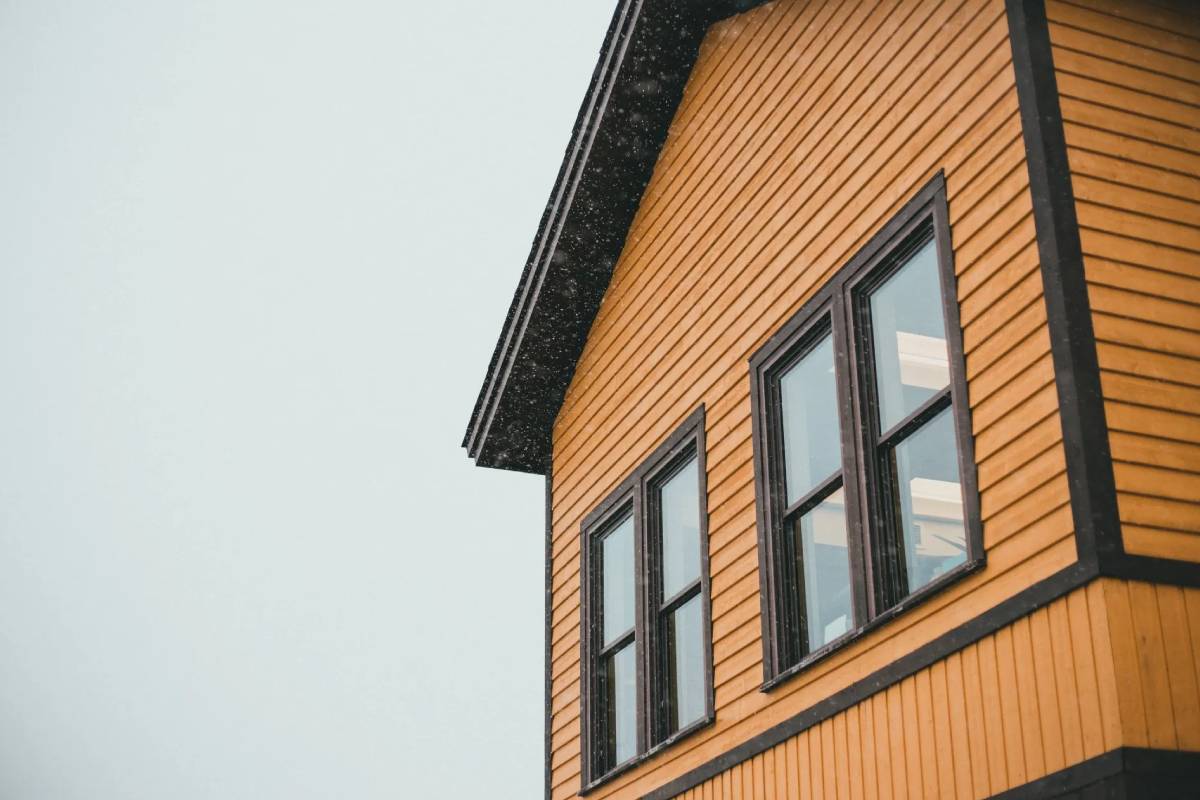If you’re looking for a treatment for rotting wood, this guide has you covered. We’ll walk you through how to identify wood rot, stop it, and repair the damage to keep your home safe.
Key Takeaways
- Early detection of wood rot is essential to prevent extensive damage, with signs including softened wood, musty odors, and visible fungal growth.
- Moisture control is key to stopping wood rot at its source, necessitating proper ventilation and the use of treatments like boric acid.
- Severely rotted wood often requires replacement, and homeowners should consider professional services for quality repairs and warranties.
Identifying Signs of Wood Rot
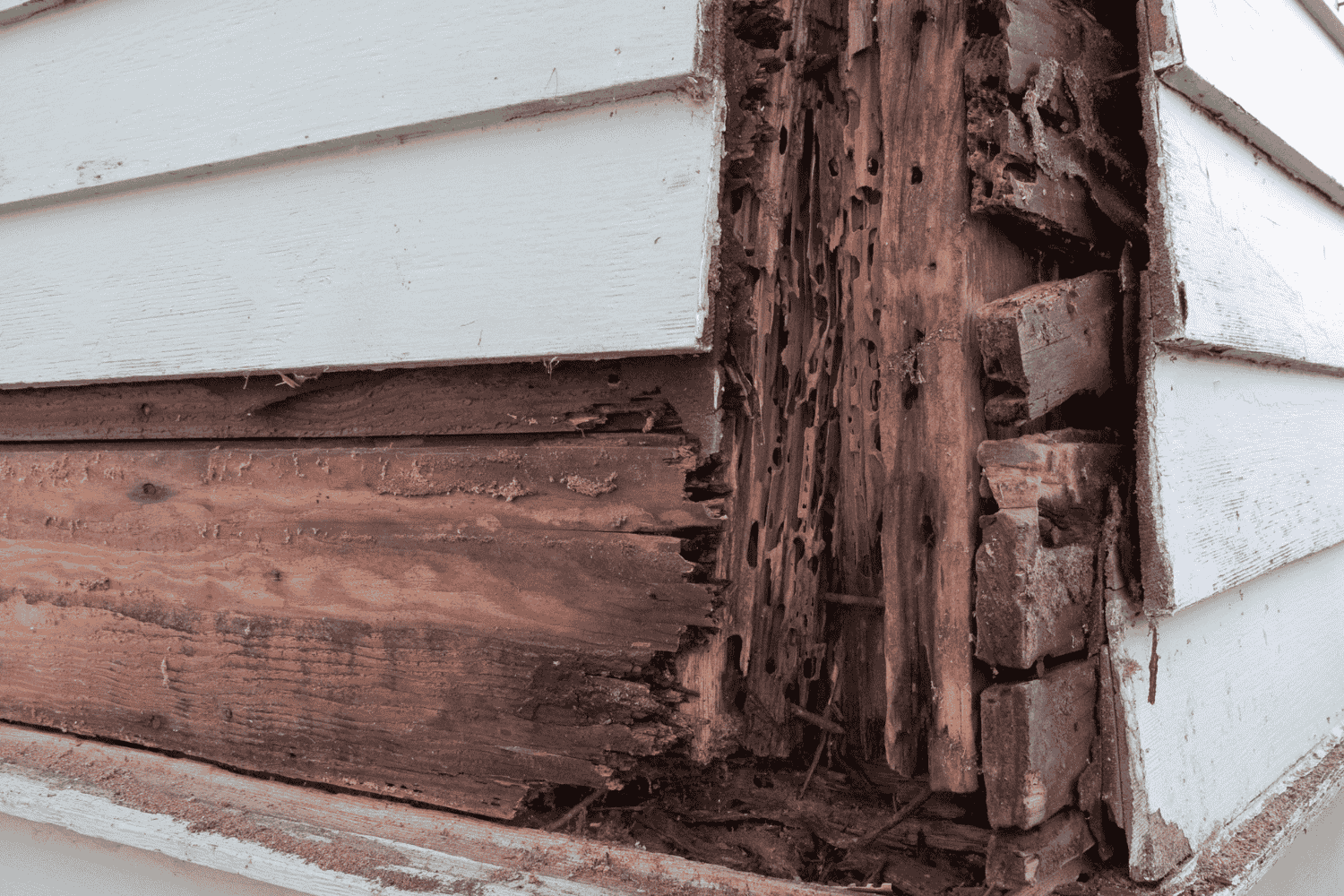
Early detection of wood rot can prevent extensive damage. Wet rot often shows as softened, spongy wood with a darkened appearance. Signs include shrinkage, warping, or a musty odor, indicating deep moisture penetration in affected wood and rotten wood.
Dry rot spreads rapidly and can be identified by fruiting bodies resembling mushrooms. Look for fine, fluffy mycelium, blistered or cracked paint, and darker wood areas. Brown rot causes wood to appear very dry and crumble into brown cubes.
Wood rot weakens structural integrity and can lead to costly repairs. Early detection helps prevent further damage and expenses. Staying vigilant for these signs allows for prompt action before the problem escalates.
Stopping Wood Rot at Its Source
Moisture is the main cause of wood rot. Wood with moisture content above 20-30% fosters fungal growth, leading to rotting wood. Poor ventilation worsens the problem, necessitating attention to both moisture and airflow.
Fixing water intrusion and conditions that promote dry rot is crucial. Treatments like boric acid can help prevent wood rot. After removing rotted wood, clean the area thoroughly to prevent recurrence. Addressing wood rot at its source protects your home’s structural integrity.
Tools and Materials Needed for Repair
Repair rotted wood requires the right tools and materials to fix rotted wood. A putty knife applies wood filler and smooths the surface during repairs. A wire brush cleans the affected area and removes loose debris. For precise cutting of replacement wood, use a circular saw or reciprocating saw.
Wood fillers like polyester fillers or epoxy fill gaps and restore structural integrity. Epoxy resin offers a strong bond and is effective for deeper repairs. Selecting the right wood filler product ensures durability and compatibility with existing wood.
Sealing treated wood after it dries prevents moisture re-entry and rot.
How to Remove Damaged Wood
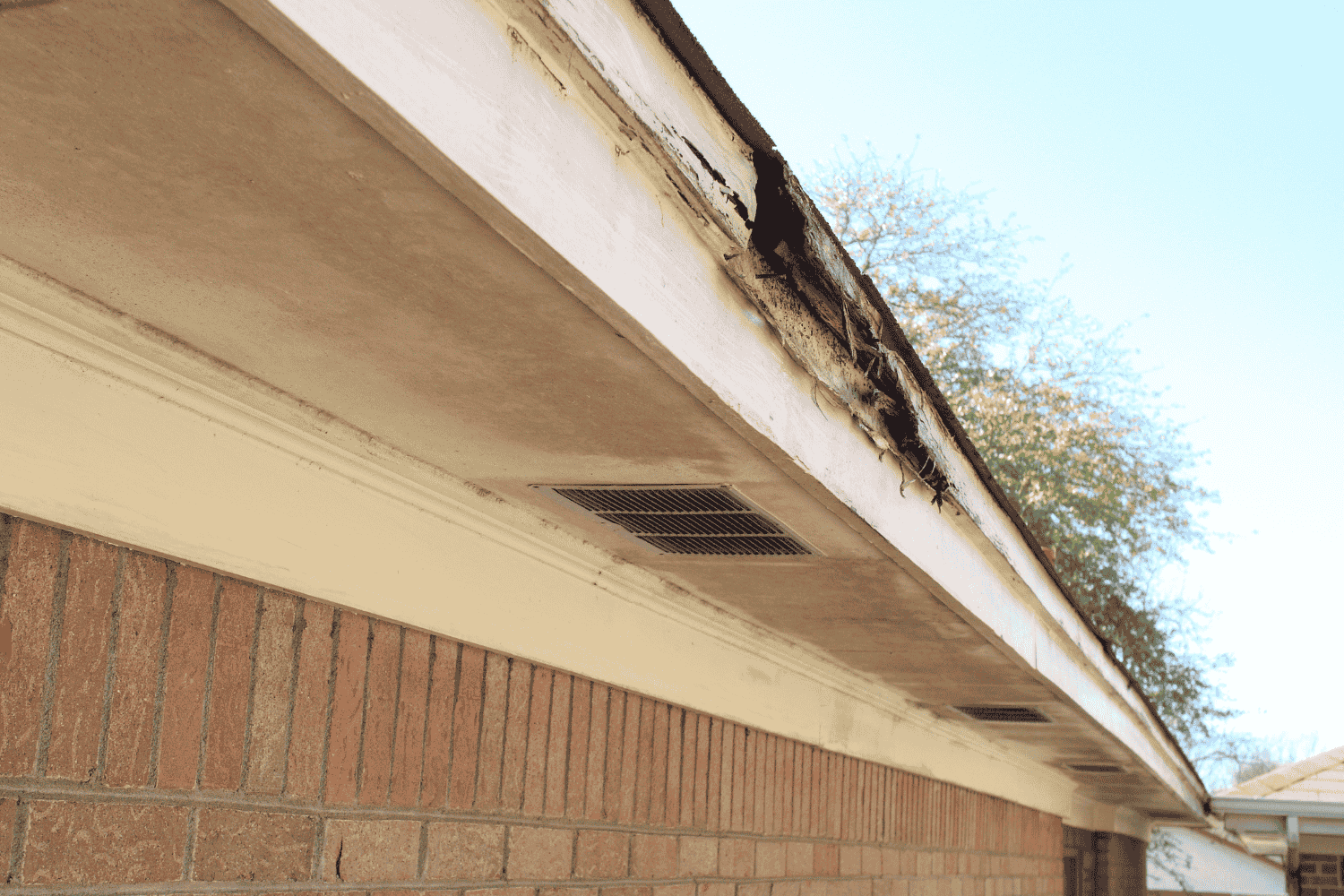
Removing damaged wood needs the right tools, such as a wood chisel and a wire brush. Remove all damaged areas down to healthy wood to eliminate the rot effectively.
Carefully detach infected wood using a pry bar or chisel without damaging the surrounding structure. This step ensures the new material bonds well and prevents further spread of the rot.
Using Epoxy for Wood Rot Repair
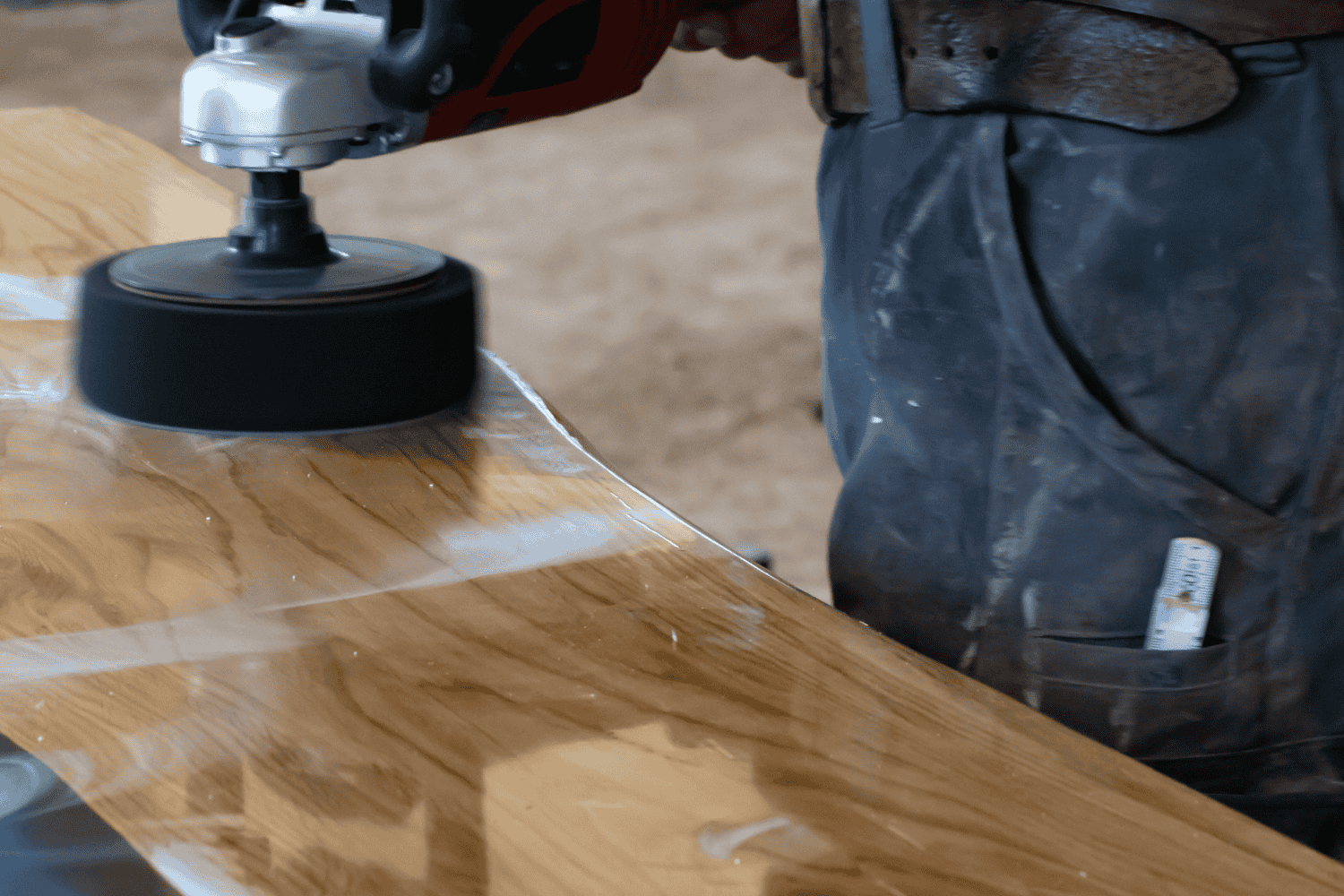
Epoxy is a powerful solution for repairing wood rot. Start with preparation by applying a bonding agent to exposed wood surfaces for better adhesion. Penetrating epoxy, a low-viscosity, deep-sealing solution, offers long-term protection against moisture and decay. Use a roller, brush, or injection syringe to apply the epoxy effectively to affected areas.
Mix the epoxy and apply it within 30 minutes before it sets. Injecting epoxy consolidant into the wood reinforces affected fibers, adding strength and durability. Use an epoxy-based filler putty to restore the repaired wood area after removing damaged sections.
Sanding the cured epoxy creates a smooth surface for priming and painting to blend the repair with the surrounding wood. Light sanding, priming, and painting ensure a seamless finish once the epoxy filler has cured.
Applying Wood Filler for Surface Repairs
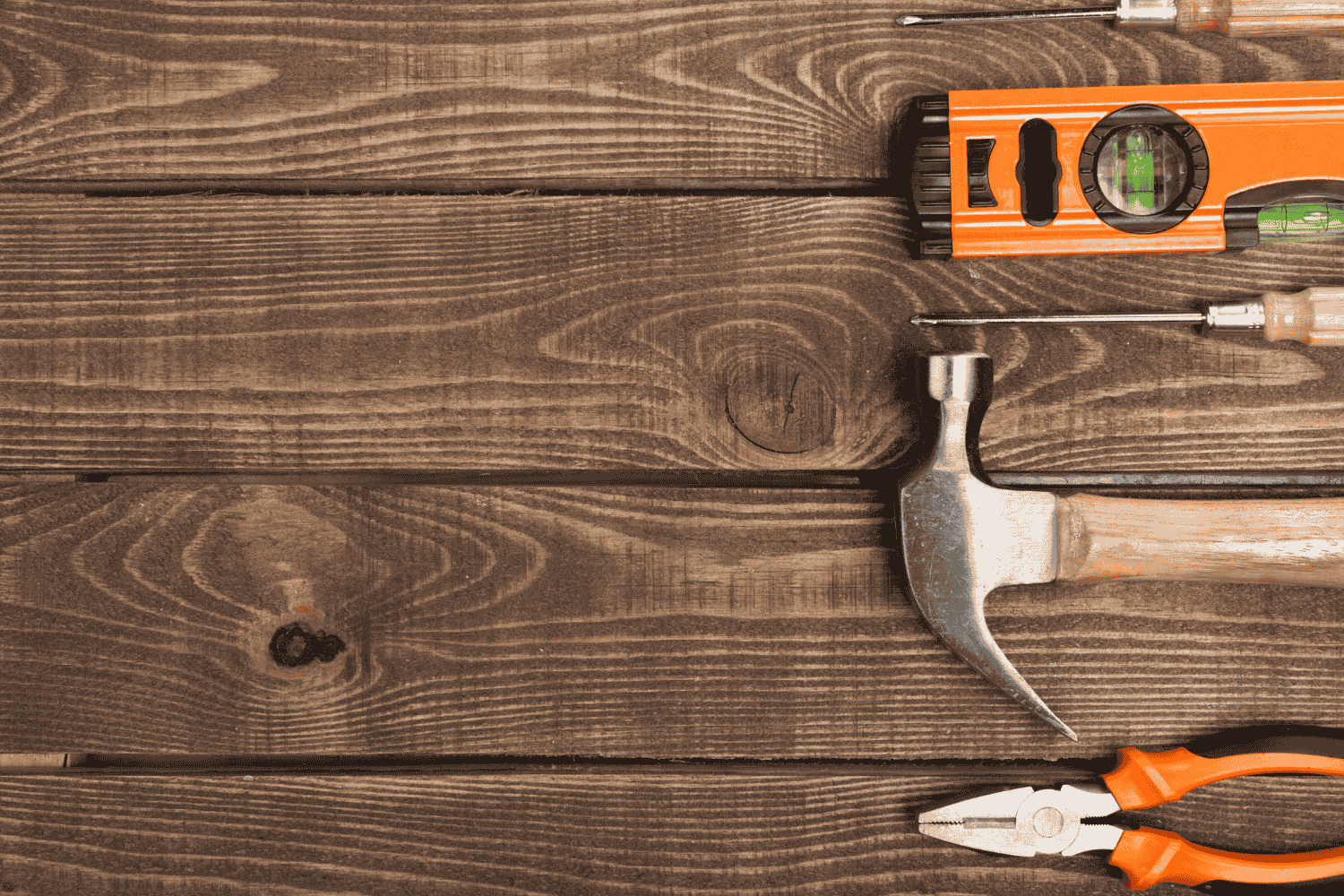
For small surface repairs, wood filler is ideal. Use a plastic putty knife to apply soft wood polyester filler or wood putty around rotted wood. This fills voids and restores the shape and appearance of the wood before painting or staining.
Wood fillers typically require a drying period of about 30 minutes before sanding or finishing. Once dried, sand the filler to create a smooth wood surface, ready for painting or staining. This step ensures the repaired area blends seamlessly with the surrounding wood and wood hardener.
Replacing Severely Rotted Wood
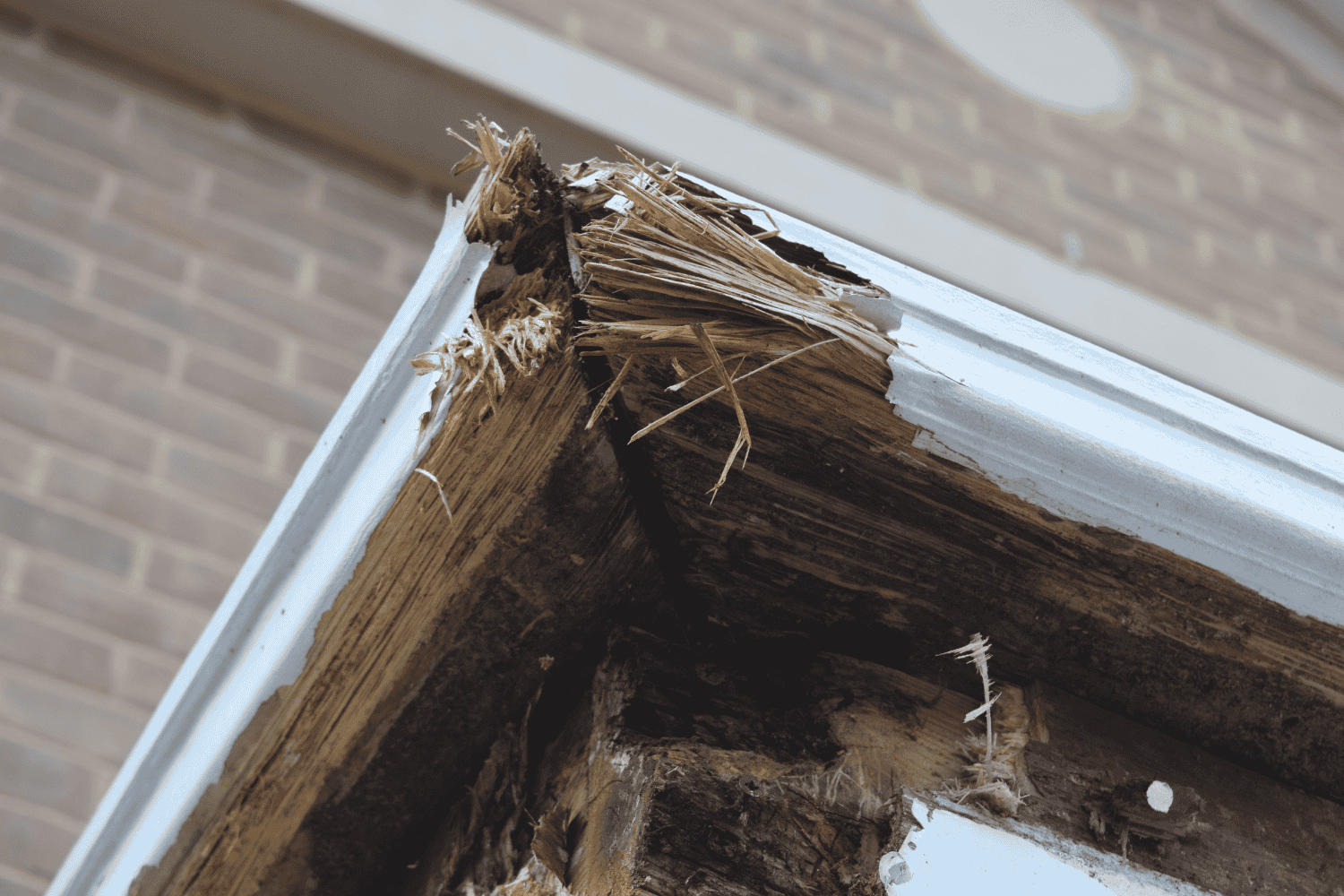
In severe rot cases, replacement is often necessary. Mushroom-like growths and structural instability indicate advanced dry rot. Replace damaged wood entirely if dry rot has infected structural support to maintain integrity.
When replacing wood affected by severe rot, cut back surrounding healthy wood to ensure a proper fit for the new section. The goal is to prevent the fungus from spreading deeper into the structure. Remove and dispose of all rotted materials appropriately to avoid further damage.
Preventative Measures to Avoid Future Rot
Prevention is better than cure. Keeping wood dry inhibits rot growth. Eliminate water sources and remove any decayed wood, treating the area to kill lingering spores. Wet wood can absorb moisture from the air, so removing visible water sources alone may not suffice.
Improving ventilation in areas with wooden structures significantly reduces moisture buildup and prevents rot. Treatments like boric acid can prevent future wood rot and treat existing infestations. Use treated wood for replacements to enhance durability and resistance against future rot. Regular inspection of wood surfaces is recommended to avoid future rot.
Professional Home Repair Services
At Think Bordner, we understand the importance of quality home repair services. Many professional services, including ours, offer warranties that assure homeowners of the repair quality. Customers consider the warranty an added bonus.
Bordner Home Improvement is known for its professionalism and knowledgeable tradesmen. Customers feel very well informed due to full disclosures, updates, and notifications from our team. We highly recommend our services for repairing rotted wood, whether it’s door frames, window frames, window sills, or other home repair needs.
Summary
Addressing wood rot promptly can save you from significant structural damage and costly repairs. From identifying the signs to using the right tools and materials, homeowners can effectively tackle wood rot. Preventative measures are crucial to avoid future issues, and professional services like Bordner Home Improvement can offer valuable assistance.
Remember, early detection and proper maintenance are key. Don’t wait until it’s too late—take action now to protect your home from the perils of wood rot.
Frequently Asked Questions
Can you stop wood rot once it starts?
You can stop wood rot by treating the affected timber with a fungicide, particularly during the drying period. It’s essential to act quickly to prevent further deterioration.
How can I identify wet rot in my home?
To identify wet rot in your home, look for softened, spongy wood that appears darkened, along with signs of shrinkage, warping, and a musty odor. These indicators are crucial for early detection and remediation.
What is the best way to stop wood rot at its source?
The best way to stop wood rot at its source is to control moisture by fixing water intrusion issues, improving ventilation, and applying treatments like boric acid. This proactive approach will effectively prevent further rot.
What tools do I need to repair rotted wood?
To repair rotted wood, you will need a putty knife, wire brush, circular saw, and wood filler such as epoxy or polyester fillers. These tools will enable you to effectively remove the damaged wood and restore the integrity of the structure.
When should I replace severely rotted wood?
You should replace severely rotted wood immediately if it has infected structural support or shows advanced signs of deterioration, such as mushroom-like growths. Ignoring this could compromise the integrity of your structure.

